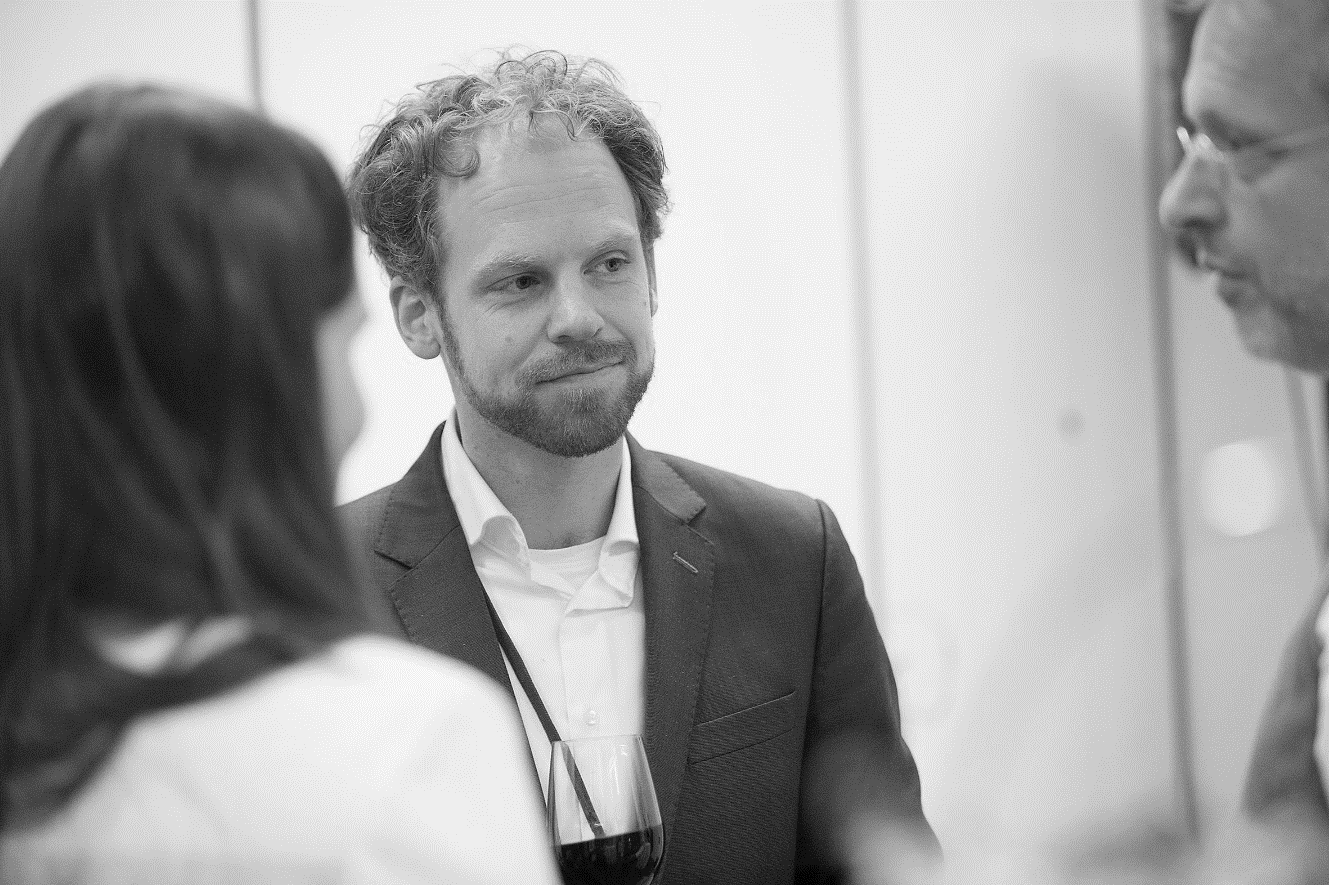YPN Stories from around the world
Q&A with Dr. Jelle Assink
Since 2017, the Young Professionals Community has developed into more than 50 scientists and technical professionals from 27 different countries. In “YPN Stories from around the world”, we proudly present the next generation of experts and leaders who will help bring the work of the CTBTO forward. This time we have talked to Dr. Jelle Assink from Utrecht, who joined the YPN in 2018.
Where do you work?
I work at the R&D Seismology and Acoustics department of the Royal Meteorological Institute (KNMI). Our institute is based in De Bilt, the Netherlands, since 1897.
What is your scientific background and experience?
My background is in Earth Sciences and Geophysics in particular. I received my BSc. and MSc. degrees from Utrecht University, in the Netherlands. Through my graduate research, I got acquainted with infrasound, and liked it so much that I decided to pursue a PhD degree in this topic at the University of Mississippi. I moved to Oxford, MS where I worked with scientists at the National Center for Physical Acoustics (NCPA). After obtaining my PhD in 2012, I moved to France and did a post-doc at the Commissariat à l'énergie atomique et aux énergies alternatives (CEA), near Paris. Following my post-doc, I moved back to The Netherlands where I started my job at KNMI, as a Senior Geophysicist.
What is a typical day for you at work?
I am involved in various tasks. This also means that there is no real “typical” day at work (besides biking to work, drinking coffee and opening up my inbox). Having a diversity of work tasks also requires a bit of time-management to fit it all in… Definitely a change from PhD and post-doc days.
My tasks include research and development, as well as operational tasks and supervising students. As a governmental organization, we advise stakeholders in the government as well as the general public, for example on matters related to the verification of the CTBT. In my role, I devote a significant amount of time on the definition and writing of research proposals, meeting with colleagues in The Netherlands and abroad as well as advising students that are associated with our department.
Finally, I am responsible for the operation of a section of our seismic and acoustic network. Part of my work involves fieldwork (mostly when it is warmer outside) to service existing measurement sites but also to perform experiments for research projects. During the winter months, I spend more time indoors at the institute, for example working on research papers. My main research interests include seismo-acoustics and acoustic remote sensing, but I also work on topics in instrumentation, signal processing and propagation modeling.
Why are you a member of the YPN?
I am a member of the YPN because I enjoy meeting new colleagues from around the world and help promote the CTBT and its verification technologies. Moreover, it allows me to learn about new techniques and the great science that can be done with the International Monitoring System! Being part of the network, you easily get to know fellow NDC staff members and PTS staff at the Working Group B (WGB) sessions and other conferences.
What is your contribution as a scientist to the verification of the Comprehensive Nuclear-Test-Ban Treaty?
My research efforts have contributed to the role of seismo-acoustics in the the verification of the Comprehensive Nuclear-Test-Ban Treaty. Our group has published studies on North Korean rocket launches and underground nuclear tests. In this research, we have studied the coupling of low-frequency acoustic waves, or infrasound, from seismic waves that are generated by underground nuclear tests. The situation is analogous to a speaker generating sound waves: in this case the Earth surface acts like a giant speaker. As the seismo-acoustic coupling is strongly related to source depth, this motivates a synergy between the CTBT waveform verification technologies. In these studies, we make use of array processing and propagation software that I have contributed to. We make these algorithms available to the scientific community on platforms like GitHub.
Moreover, together with YPN mentor Läslo Evers, I advise the permanent representation of the Netherlands on technical aspects of verification monitoring, for example during the WGB sessions in Vienna!
